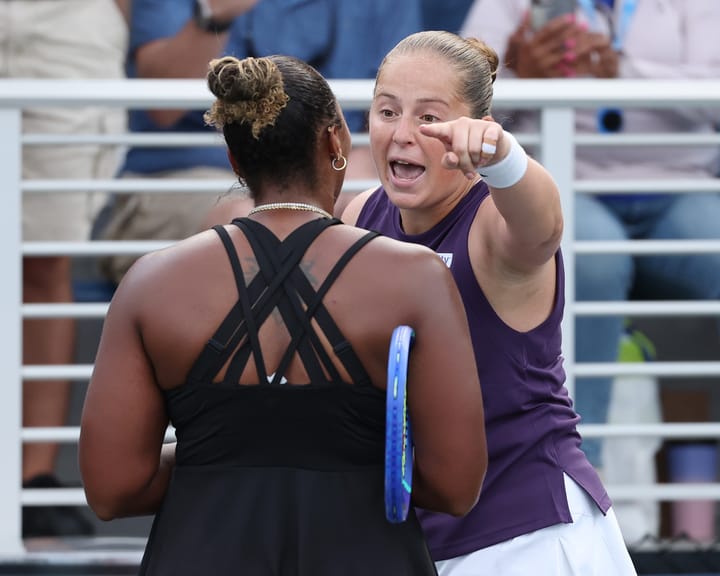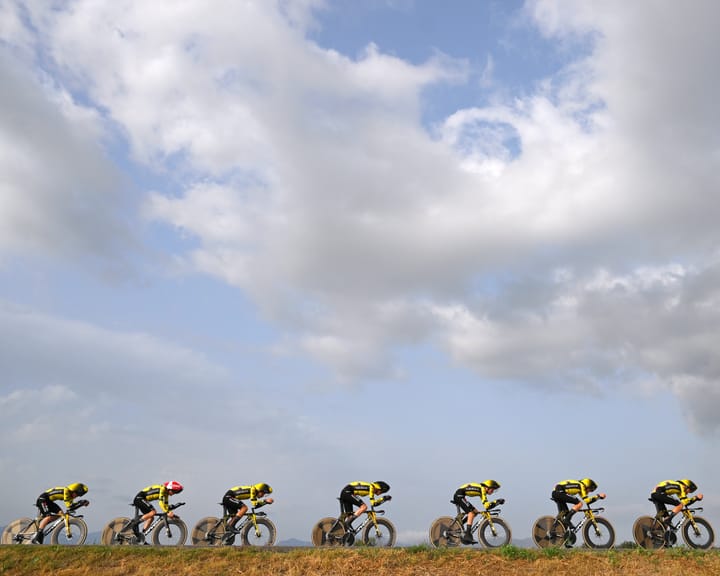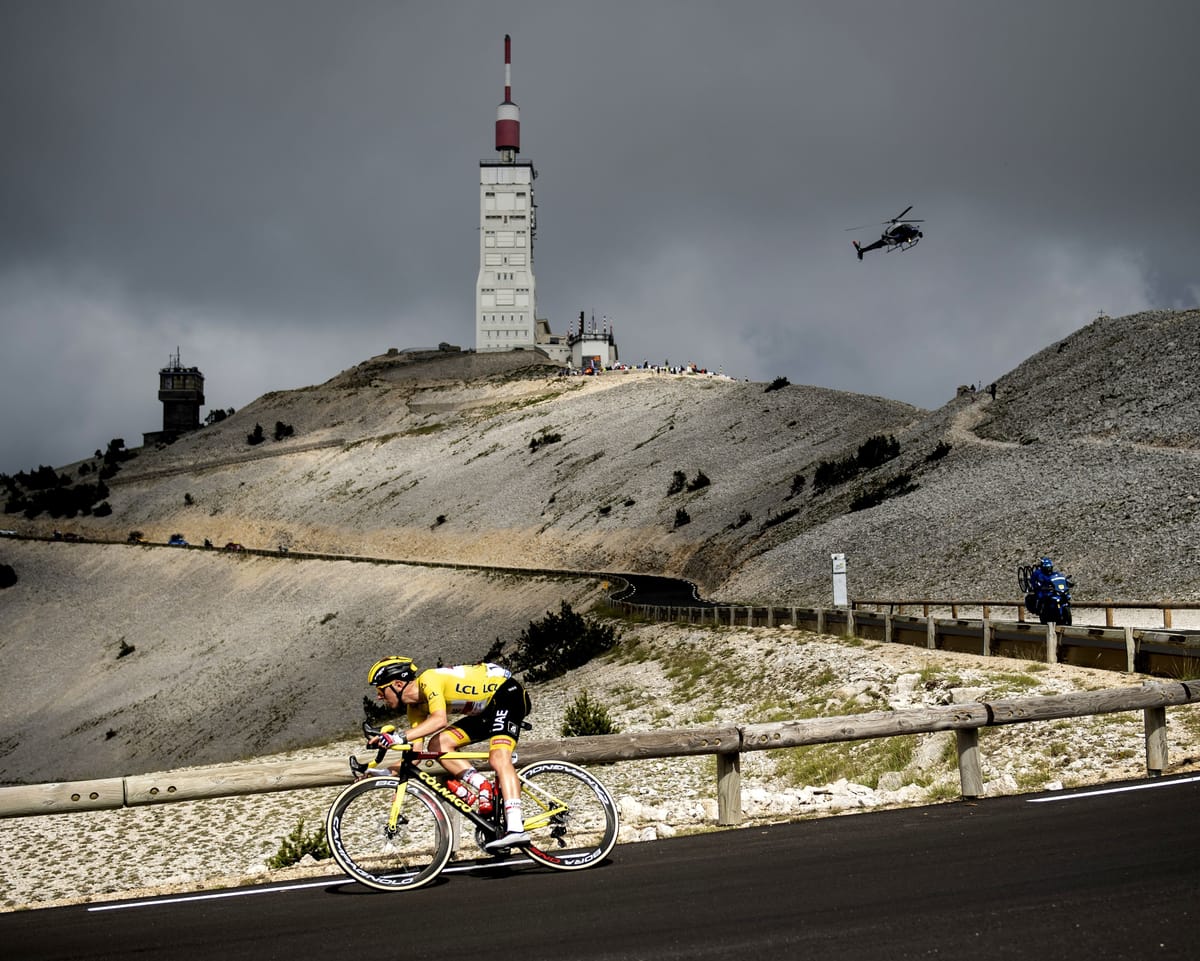As the years go by, different generations of Tour de France cyclists take their turn, but certain grueling challenges remain unchanged. On Tuesday, the riders who have endured one of the most intense and fastest Tours in recent memory—a race with even fewer moments of relief than usual—will follow a tradition dating back to 1951. They will rise over a bend in the road and see Mont Ventoux looming ahead. The sight will bring a familiar sinking feeling alongside the weariness in their legs: once again, they face the Bald Mountain.
The competitors may not appreciate small favors, but they should. The last visit in 2021 played out under similar conditions—Tadej Pogačar had already dominated the race on the first major climb and was set for victory—but the organizers made the stage even harder, sending riders over the 1,910-meter summit twice, via two different routes. Wout van Aert may look back on that with a hint of amusement; then in peak form, he secured a breakaway win.
Before that, in 2016, chaos reigned on the mountain. That year’s dominant rider, Chris Froome, was forced to run part of the stage when high winds caused the finish to be relocated below the summit. Froome might now recall that bizarre episode from his home in Monaco, albeit with some regret—at 40, he likely won’t race up the Giant of Provence again.
Times change, but the Ventoux does not. In part, this reflects a defining aspect of the Tour: its ability to revisit and reshape its history in places that have remained largely unchanged since their first appearance on the race. Take the sweeping curve at Saint-Estève and the long, unbroken ascent through the oak-covered lower slopes—riders today face the same punishing ordeal as the stars of the 1950s, ’60s, and ’70s, though with smoother roads. The climb offers little respite, with barely a hairpin bend before the final grind up the rocky slopes to the summit.
Mont Ventoux has long been a stage where dramatic, often tragic, moments unfold. It began with Jean Malléjac’s near-fatal collapse in 1955 and continued with Tom Simpson’s death in 1967. The latter, which I explored in my 2002 biography *Put Me Back on My Bike*, remains the mountain’s most defining moment, turning each ascent into something of a pilgrimage to its barren, wind-scoured peak. Many who raced alongside Simpson have since passed away—Barry Hoban’s death in April being a recent example—but the gravity of that day and the stories surrounding it remain undiminished.
Equally unforgettable, though with an air of absurdity, was Froome’s mishap in 2016. Watching him struggle in stiff cycling shoes, slipping on the road as spectators roared, ranks among the most surreal scenes in my 27 Tours. It was the sort of incident that could only happen in one of cycling’s most extreme locations—and the Ventoux was certainly that.
Read next

"Flawless shot: The story behind the iconic US Open tennis photo"
Unique Tennis Photo Captures Unforgettable Moment at US Open
Among the countless photographers capturing the action at this year’s US Open, one image has risen above the rest at the New York tennis major.
A minor loss of balance by seventh-seeded Jasmine Paolini and a steady hand from photographer

"Ostapenko and Townsend clash post-US Open over 'no education' remark"
Taylor Townsend and Jelena Ostapenko engaged in a tense confrontation following their second-round match on Wednesday at the US Open.
After Townsend secured a 7-5, 6-1 victory, the two players met at the net for the customary handshake. Instead of parting ways, however, words were exchanged, with Ostapenko gesturing toward

Vingegaard reclaims Vuelta lead as protests stall Israel Premier-Tech
Vingegaard Retakes Lead After Dramatic Team Time Trial at Vuelta a España
Jonas Vingegaard reclaimed the red jersey following stage five of the Vuelta a España, which was marked by disruptions after pro-Palestinian demonstrators delayed Israel Premier-Tech during the team time trial.
UAE Team Emirates-XRG secured the stage victory, but

